
Endangered wildlife appeal
Woodland wildlife is fading before our eyes. Please support our appeal to save rare and threatened species.
Donate now
Content manager
With curious life cycles, secretive habits and rather particular needs, these woodland wildflowers are among the most difficult to find and endangered flowering plants in the UK. They're also some of the most fascinating.
One of the UK’s rarest plants. Unlike most plants, the ghost orchid doesn’t use sunlight to produce food, instead relying on a special kind of fungi. It has no leaves or chlorophyll, emerging from the soil only to flower and seed. It’s also pale, diminutive and can wait more than 30 years between flowering. It’s no wonder it’s so difficult to find.
Shaded woodland well matched to its name.
Declared extinct in the UK in 2005 until rediscovery at a single site in 2009. Its elusive nature could mean that small populations lay undiscovered elsewhere.
Broomrapes or other orchids.
An unusual-looking flower with an interesting life cycle. It’s semi-parasitic, exploiting a number of host plants to top up food reserves. Cleverly, it tricks wood ants into dispersing its seeds by mimicking their cocoons. With a sweet treat attached as an added incentive, the ants happily transport the seeds back to their nests.
Ancient woodland rides, hedge bases, roadsides and field margins.
Once widespread thanks to favourable coppicing regimes, but now rare and in decline.
Purple or field cow-wheat (Melampyrum arvense), a rare grassland relative.
A uniquely-shaped and aptly named flower – its scientific name means ‘shoe of Venus’. It relies on a close relationship with a special type of fungi to help germinate its seeds, restricting it to undisturbed soils where the fungi can be found.
Broadleaved woodland, particularly on limestone. The plant has been reintroduced at a few carefully chosen sites.
Once fairly common across northern England, but pushed to the brink of extinction by Victorian gardeners and modern-day flower collectors.
Bee or spider orchids.
This orchid’s purple-pink flowers don’t produce nectar, instead coaxing in pollinating insects with colours attractive to certain types of bee. Unfortunately, these bees are themselves a rare commodity – in fact they’re not found in the UK. Botanists continue to investigate how the plant reproduces in the UK, hoping to solve the mystery and find a way to encourage its spread.
Shaded broadleaved woodlands where there isn't too much competition from other plants. Likes chalky, free-draining soils.
Classified as critically endangered in the UK and vulnerable across its range in Europe.
Dark-red helleborine (Epipactis atrorubens).
Named for the shape of its flowers which resemble bonneted ladies in spotted ball gowns, complete with arms. The plant can be 10 years old before it flowers for the first time. It’s slow to spread to new woods and is vulnerable to dense shade and deer browsing, but unlike some orchids it can multiply by forming extra tubers.
Prefers beech, ash and hazel woodland and chalky soils.
Rare in the UK, but where it is found it can appear in significant numbers.
The much shorter burnt-tip orchid (Orchis ustula).
Named after the spread-eagled nature of its flower petals. This plant needs disturbed, sunny woodland soils in which to germinate its seeds, a habitat very much in decline. The careful management of woodlands through coppicing and thinning could be key to the survival of this delicate wildflower.
Found in sunny spots at the edges of woodland.
Classified as endangered and at high risk of extinction in the UK. Occurs in low numbers at a limited number of sites.
Other similar-looking bellflower species.
The plant’s star-like white flowers are said to resemble its famous biblical namesake. It’s also known as Bath asparagus after the English city where it was once harvested and eaten like its more familiar vegetable relative. It’s thought that in recent years numbers may have declined as a result of the loss of mature elm trees to Dutch elm disease.
Found in woodland, scrub or hedgerows.
Uncommon but with relatively stable populations.
The very similar drooping star-of-Bethlehem (Ornithogalum nutans).
A ghostly, parasitic plant that emerges from the soil only to flower. Instead of leaves or chlorophyll, it hijacks nutrients from a special kind of fungi, which itself has borrowed them through a close relationship with nearby trees. It’s also known as Dutchman’s pipe thanks to the shape of its nodding flower head.
Damp or scrubby woodland.
Uncommon. Its complex relationship with fungi makes the species vulnerable to decline.
Broomrape species.
Also known as false lily of the valley. The plant’s single stem of white flowers, which typically appears in May as the name would suggest, turns to red berries after pollination. While toxic to humans, these berries are designed to tempt hungry birds which then unwittingly spread the plant’s seeds in their droppings.
Prefers woodland with acidic soils, surviving well in woodland replanted with conifers.
Rare, with only small, isolated populations remaining.
Lily-of-the-valley (Convallaria majalis).
Named for the minty scent given off by its leaves. Only five patches of the plant remained in the 1950s until the efforts of local conservationists helped protect it from further loss. Today thousands of flowers appear each summer along a road verge bordering a woodland on the Isle of Wight.
Grows at the edges of woodland and prefers chalky coils.
Incredibly rare in the UK but otherwise found across Europe.
Common calamint (Clinopodium ascendens) or lesser calamint (Clinopodium nepeta).
A shade-loving plant that thrives in coppiced woodland. It was traditionally used to treat melancholy as well as a number of other complaints. Its strong scent and distinctive flowers are very attractive to bees, which are guided to nectar by the bright pink tongue of each flower. In England the flowers are otherwise mainly white, but elsewhere they can be completely pink.
Ancient woodland, scrub and beneath hedges.
Scarce and under threat from overgrazing and too much shading from unmanaged trees.
Plants from the deadnettle family.
Also known as white Rapunzel, this was the plant stolen by the long-haired heroine in the famous fairytale. It was grown for hundreds of years as a medicinal herb, and its edible roots are still eaten today in some European countries. It relies on woodland coppicing to provide the light it needs to thrive.
Shady woodland edges, hedgebanks and road verges. Garden escapees have been known to establish themselves.
Critically endangered.
Cultivated varieties found in gardens.
Changing land use and farming practices, the pressures of climate change and other human influences put small and fragile populations of plants at risk of extinction. But with careful woodland restoration and protection of the last remaining fragments of the UK's ancient woodland, there is a future for rare and specialist plants like these.

Woodland wildlife is fading before our eyes. Please support our appeal to save rare and threatened species.
Donate now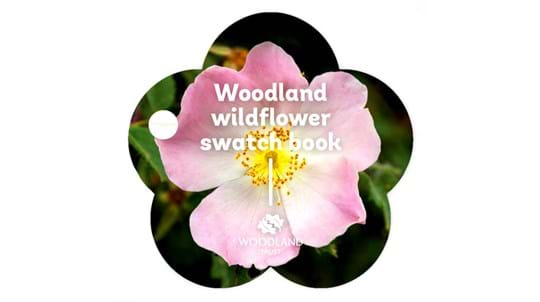
Shop
From bluebells and snowdrops to greater stitchwort. All the flowers you're likely to encounter on a woodland walk.
External link
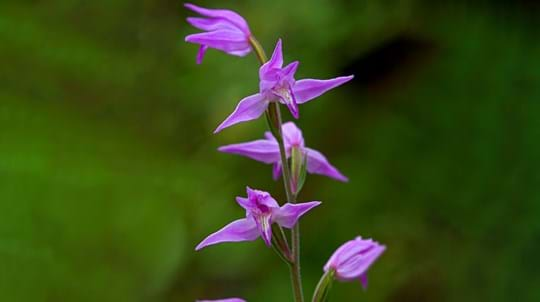
Blog
Laura Cottam • 29 May 2019
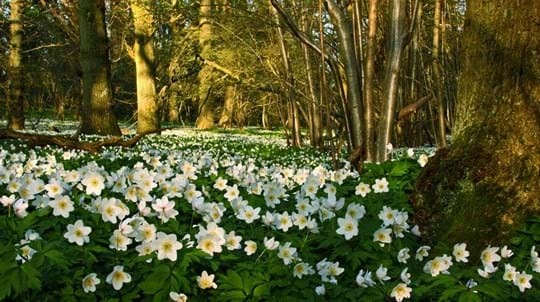
Blog
Charlie Mellor • 11 Feb 2021

Blog
Laura Cottam • 25 May 2018
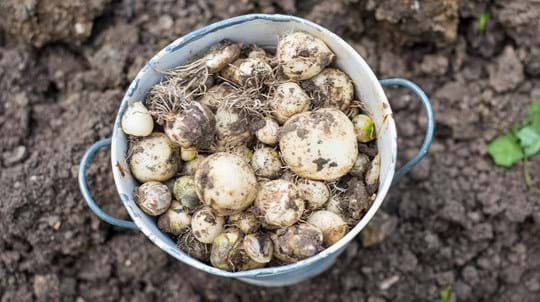
Blog
Kate Lewthwaite • 28 Mar 2019
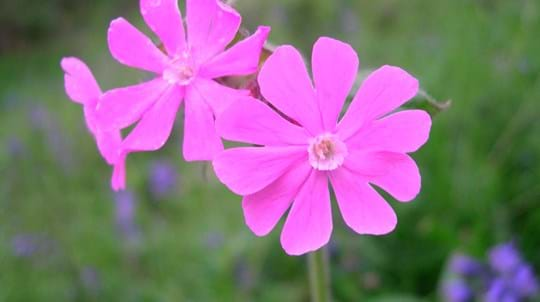
Blog
Helen Keating • 11 Apr 2019
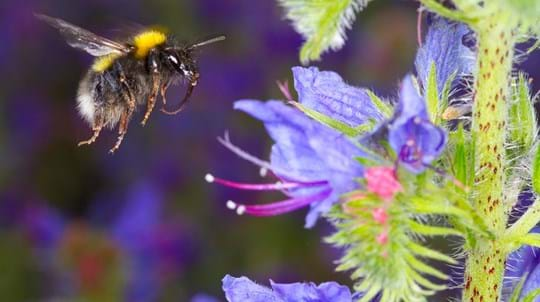
Blog
Helen Keating • 18 Mar 2019